Vegetarian traveller in Pakistan?
Think of Pakistani food, and most people who are familiar with it will start talking about meat. Sometimes it seems everyone in Pakistan just loves meat. Some people will consume a portion of meat in each meal of the day; leftover chicken or mutton keema (mince) at breakfast, a chicken curry at lunch and barbecue at dinner. Others add meat to almost anything – including traditionally ‘vegetarian’ dishes like dhal, which is sometimes served with shredded chicken.
Even snacks often come with a carnivorous element – stopping in at a bakery for a quick bite, the only items that don’t contain meat in some form are the cakes and desserts, and vegetable pizzas or sandwiches are conspicuously absent from many menus.
Meat is considered the best part of a meal, and a dish without meat is seen by many as a very ordinary option; vegetables are something to cook when you’re uninspired, or there’s not a lot in the pantry. As such, many restaurants don’t serve a lot of vegetarian dishes, and a guest will rarely be served vegetarian food in someone’s home, much in the same way most Westerners wouldn’t serve a peanut butter sandwich as dinner to a guest (but it makes a good late night snack when there’s nothing else in the fridge and no-one’s watching).
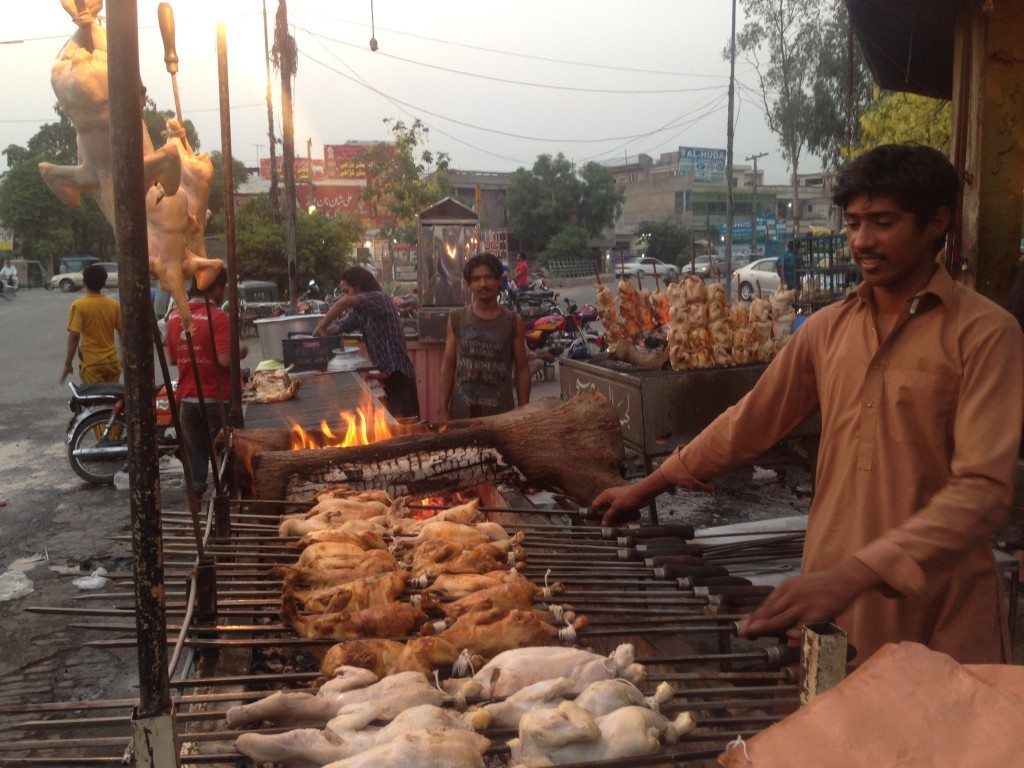
Got meat? A saji vendor in Lahore’s Karim Block Market
Therefore being a vegetarian traveller in Pakistan represents quite a challenge. It’s not that there aren’t vegetarian dishes, it’s just that most restaurants don’t make them. I frequently field questions about how to stick to a vegetarian diet while travelling in Pakistan, and my advice is that it is possible, but requires an open mind, a good lot of patience, a couple of key Urdu phrases and a lot of flexibility (for example vegetarian food might still be cooked in the same oil as meat, or be served on the same plate as meat items).
Large cities feature upmarket restaurants where vegetarianism is better understood, but in small towns and villages, and even at anything cheaper than a western-style cafe in the cities, you’ll need to make yourself understood by saying “Me sabzi khor hoo” (“I am a vegetarian”), or “Me gosht nahi khata hoo” (“I don’t eat meat”). Sometimes this is understood as “I don’t eat red meat”, so you might need to clarify this further by saying “Me chicken nahi khata hoo” (“I don’t eat chicken”).
If you’re going trekking, or really off the beaten track, ensure that the necessary preparations are made and understood well in advance – on some camping trips I’ve been on, dinner was a choice between barbecued chicken or going hungry.
This post, therefore, includes ovo-lacto vegetarian options, as dairy and eggs allow for this flexibility (I’ve noted eggs as ingredients where applicable).
Following a vegan diet in Pakistan is understandably even more challenging, and I will address that later in this post.
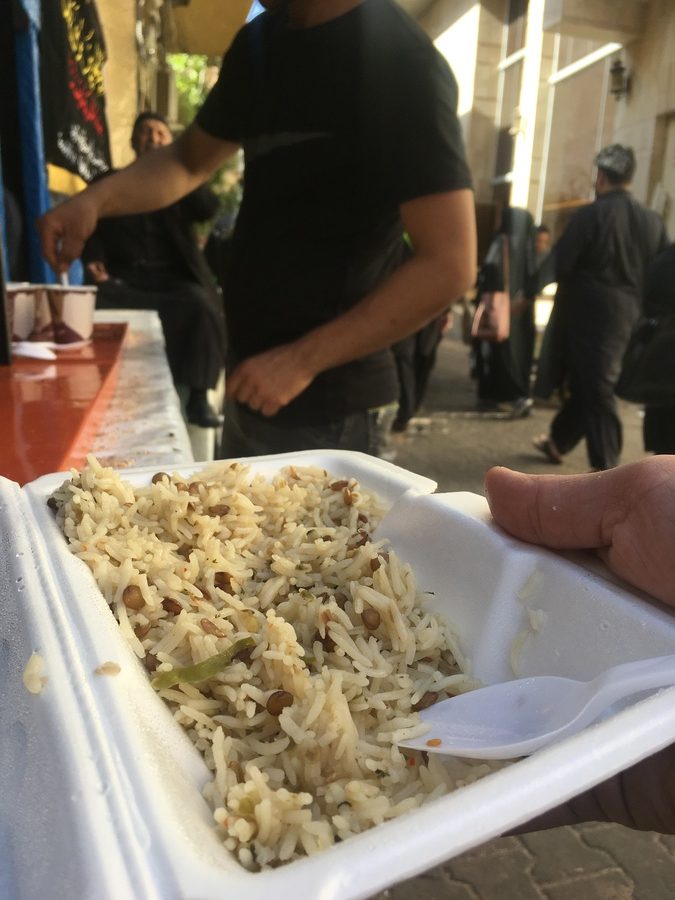
A plate of khitcheri
If you are vegetarian and planning a trip to Pakistan, this is what you need to ask for in restaurants (in descending order of frequency on menus);
Breakfast
- Paratha – oily flatbread cooked in ghee
- Aloo paratha – the same flatbread, stuffed with mashed potatoes and usually dipped in chutney or yogurt
- Unda paratha – oily flatbread served with fried eggs
- Naan channa – fluffy naan bread and a mild chickpea curry (often with an option to add a boiled egg into the curry)
- Lobia paratha – salty red kidney beans and oily flatbread (a specialty in Khyber-Pukhtoonkhwa)
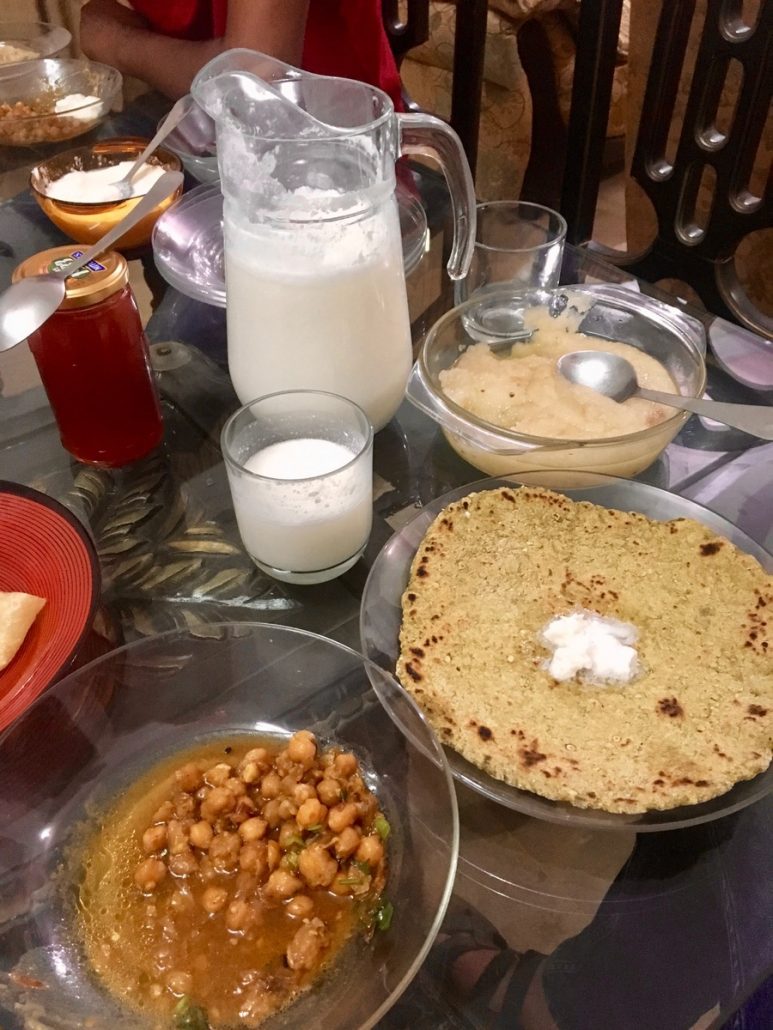
Punjabi breakfast of channa dhal, parathas and lassi
Main meals
- Mixed vegetable / “mix sabzi” – vegetables (usually carrots, potatoes, pumpkin and maybe corn) in a dry curry. Very common as a side dish.
- Dhal – lentil curry. Comes in different varieties such as masser (black lentils), mash (small yellow lentils), yellow (larger yellow lentils), and channa (chick peas). Check it doesn’t include shredded chicken before ordering.
- Bhindi – a dry curry of okra (sometimes also called”lady’s fingers”)
- Vegetable fried rice / “sabzi pulao” – sometimes includes egg, especially if it’s in a Chinese restaurant.
- Kutchumer salad – a side salad of chopped tomatoes, onions and cucumbers.
- Aloo / Aloo salan – potato curry.
- Ande aloo – scrambled eggs and potato curry.
- Aloo mutter – Potato and pea curry.
- Paneer – cottage cheese, which can be added to a dish in dumpling form as a meat substitute. However it is extremely uncommon – in six years of living in Pakistan, I’ve only heard of it being served, never actually seen or eaten it there.
Fish (“machlee“) is also an option for pescatarians. It’s usually grilled or fried – and it’s more common in Punjab in the winter months, but in Gilgit-Baltistan, parts of Khyber Pukhtoonkhwa and by the coast it can be found throughout the year.

A rather oily dish of aloo methi
Snacks
The list of vegetarian snacks in Pakistani cuisine is long; from aloo samosas (deep fried pasties stuffed with spiced mashed potato), to ladoo (deep fried, semi-sweet gramflour balls) pappad (oversized versions of the Indian pappadum, eaten as a crispy snack), pakoras (fried gramflour and vegetable dumplings) and a myriad of fresh fruits, dates and nuts on the street side. If in doubt, just ask “Is me gosht hai?” (“Is there meat in this?”) or “Is me chicken hai?” (“Is there chicken in this?”). “Nahi” or “ji-nahi” means “no” – so go forth and eat!
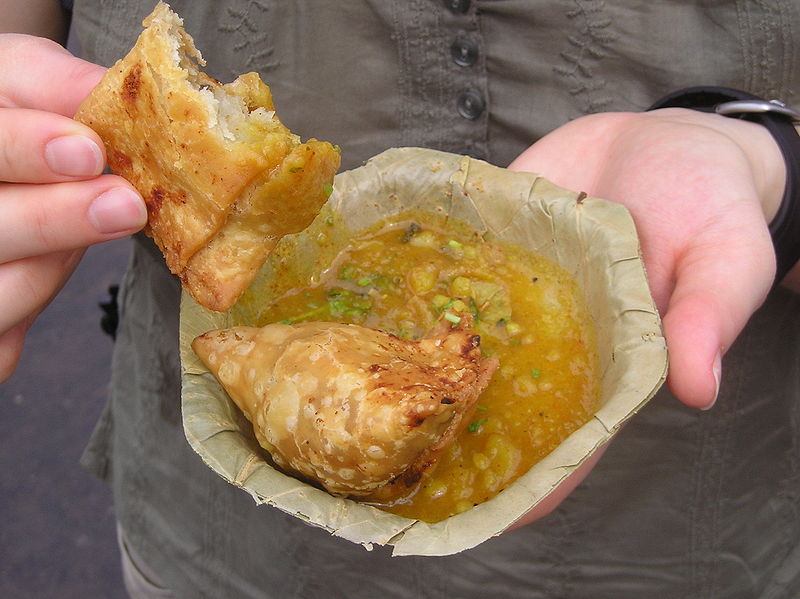
Samosa (Image: Aotearoa)
Home cooking
You might find these dishes in a restaurant, but you’d be lucky – these are usually only made in homes. ;
- Arvi bengan – Taro and eggplant curry.
- Methi aloo – dry fenugreek and potato curry.
- Khitcheri – mild dhal and rice dish. Usually given as a starting-meal for people who are recovering from an upset stomach..
- Palak – spinach gravy, but beware that this is rarely served alone, especially in restaurants – it usually has mutton cooked into it.
- Sarso ka saag / saag – mustard greens. This is a seasonal dish, usually only available in the winter, and is especially common in Punjab.
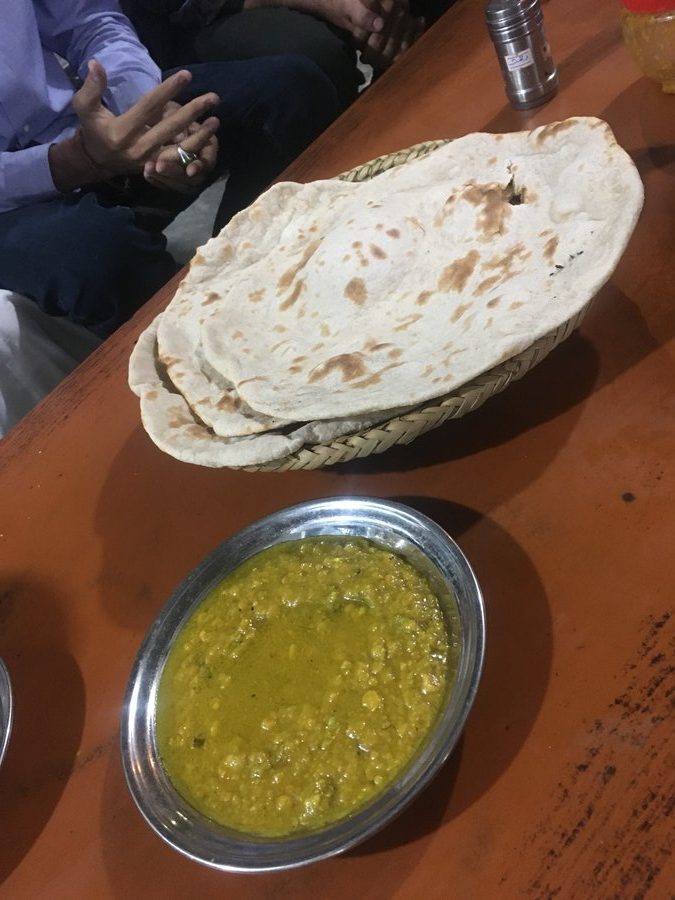
Dhal at Mian Jee’s at Lalamusa
Drinks
There are shops selling fresh fruit juice in every corner of the land – this is how a lot of people quench their thirst in the absence of a “drinking culture”. All the usual soft drink varieties are here too. Additionally you can get chai (usually served with milk and sugar), or kahwa, a type of green tea from Khyber-Pukhtoonkhwa, which is served without dairy. In the summer (and especially during Ramadan) look out for rooh afsa, a refreshing but sickly sweet cordial mixed with either water or milk, and skanjibeen (also called nimbu paani), which is a homemade lemonade.
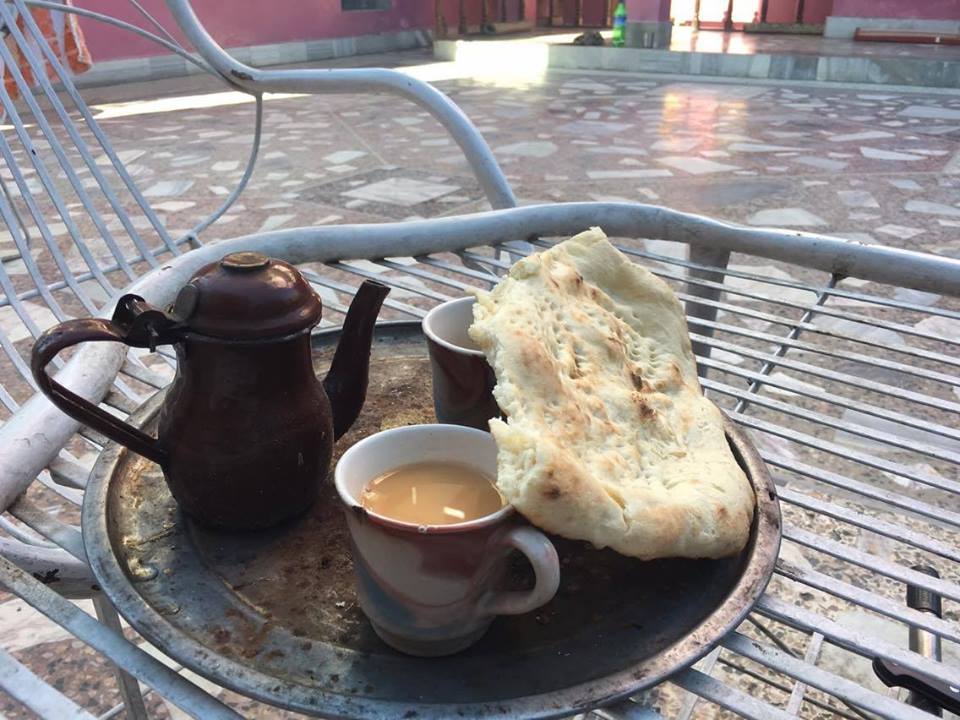
Chai with naan in Chitral
Desserts
Thankfully, sweets are the one part of Pakistani cuisine where meat doesn’t predominate. There are lots of options, from gulab jamun (sweet dumplings), to halva (cooked pudding), barfi (a type of milk-based shortcake), kheer and firni (types of rice puddings) and kulfi (traditional ice cream). I hope you brought your sweet tooth!
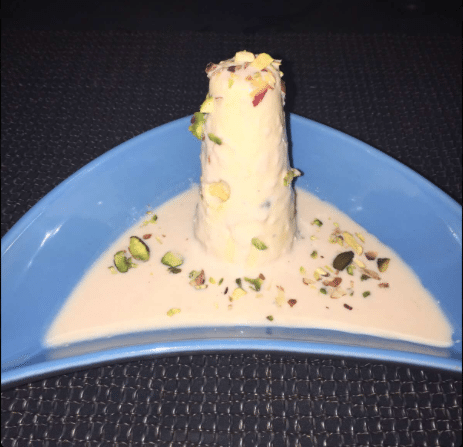
Kulfi served in a restaurant (Image: Sarah Siraj, Zomato)
Finally, a note about vegans in Pakistan. In a country where vegetarianism is so uncommon and little understood (especially if it’s for anything but religious reasons), the average Pakistani would probably be quite bewildered by someone who omits such “essential” items like milk, ghee and eggs. In my experience, most people haven’t heard of the term ‘vegan’, and those who have often think it’s a strange, almost cruel kind of self-denial – or an eating disorder.
Sticking to a vegan diet in Pakistan requires even more patience, flexibility and Urdu vocabulary. Rather than explaining that you don’t consume animal products, it’s better to ask direct questions such as “Is me doodh hai?” (“Is there milk in this?”). You can use the question “Is me ______ hai?“, and fill the gap with the offending ingredient that you think is most likely to be present – whether it’s doodh, mukkhan (butter), cheese, or ghee (clarified butter). Good luck getting something like “rennet” understood by a shopkeeper or waiter.
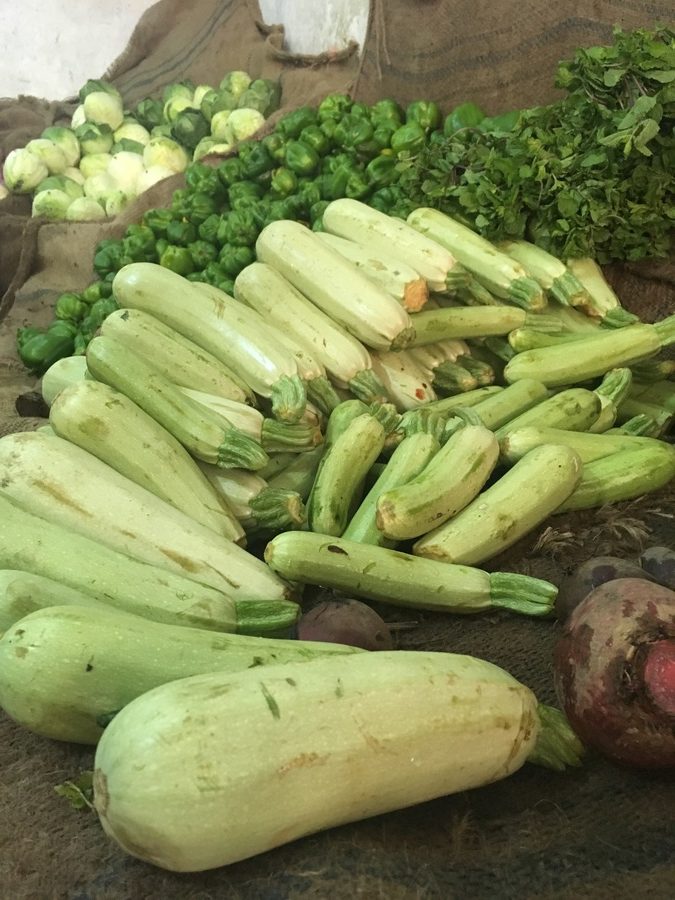
Put simply, being a vegan during a holiday in Pakistan leaves you with two choices; either accept that there’s a high chance you’ll have to convert to vegetarianism for your time in the country, or cook for yourself using the hotel kitchen and the wonderful variety of fresh vegetables, fruits and grains available in the markets, and go to the supermarket for things like margarine. Products like margarine, tofu and coconut oil are available from international supermarkets in cities like Karachi, Lahore and Islamabad, but rarely elsewhere.
For more information, a quick Google search turns up a list of news articles and links to societies about vegetarianism or veganism in Pakistan. For details on restaurants and markets in different cities of Pakistan, pick up a copy of my book Pakistan Traveller by clicking the link below!
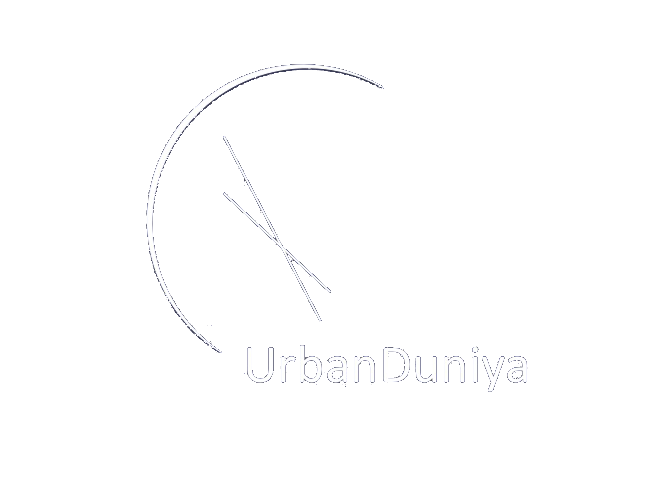
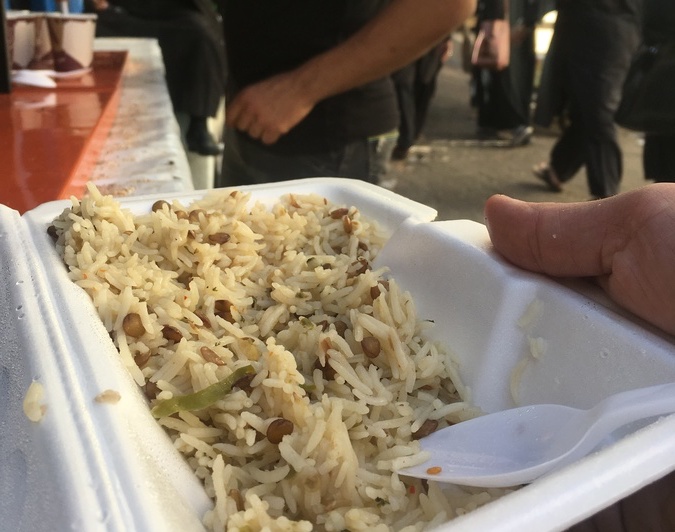
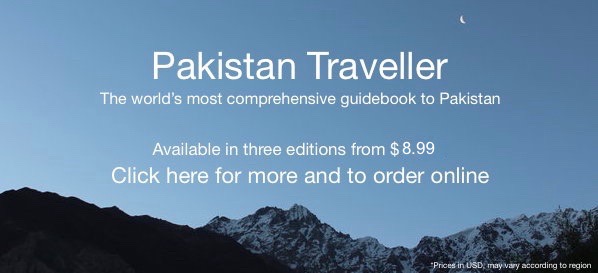
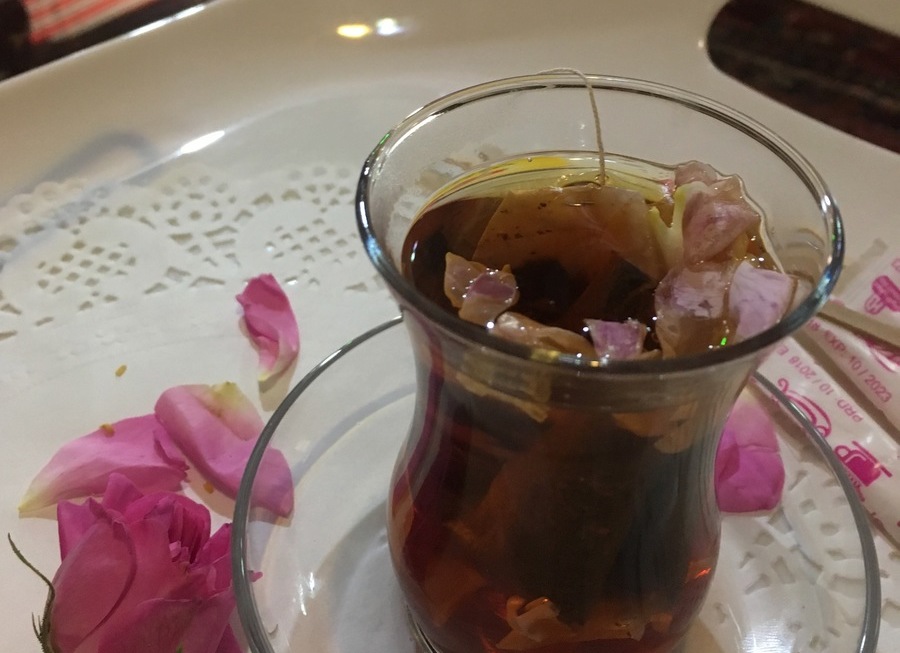


As a non-vegetarian I have happily survived on a diet of dhal and nan in Pakistan when the meat options did not look that enticing! There are so many wonderful dhals in Pakistan, staying in Passu the chef at the small hotel I was in would produce the option of 3 different Dhal’s for lunch and dinner each night.
It IS possible!! Thanks for commenting 🙂
Dahl is always a great choice in India or Pakistan. You’ll always find bread and rice as well. Its only the spices that give me troubles!
True – but I’ve often seen shredded chicken in dhal in Pakistan. Vegetarians beware!